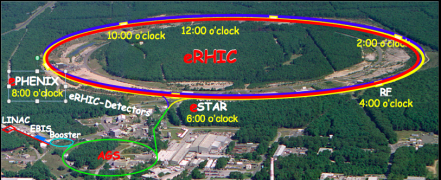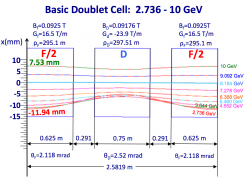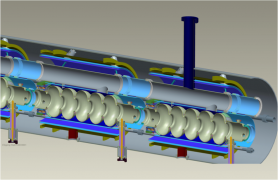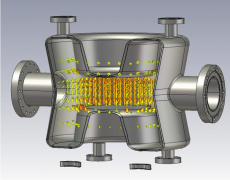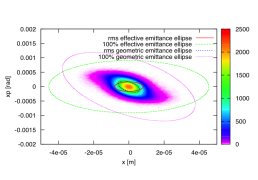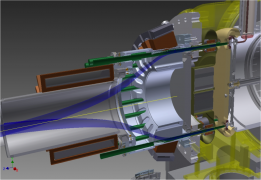Difference between revisions of "Main Page"
(→Research Opportunities) |
(→Research Highlights) |
||
| Line 98: | Line 98: | ||
==Research Highlights== | ==Research Highlights== | ||
| − | + | ||
| + | <gallery mode="packed-hover"> | ||
| + | Image:Cec.png|''[[commons:CEC layout|CEC layout]]'' | ||
| + | Image:ERHIC.png|''[[commons:eRHIC layout|eRHIC layout]]'' | ||
| + | Image:Ffag_orbit.png|''[[commons:FFAG orbit|FFAG orbit]]'' | ||
| + | Image:5cell_linac.png|''[[commons:ERL linac|ERL linac]]'' | ||
| + | Image:Crab_cavity.png|''[[commons:Crab cavity|Crab cavity]]'' | ||
| + | Image:Disruption.png|''[[commons:e-beam disruption|e-beam disruption]]'' | ||
| + | Image:Gun.png|''[[commons:Gatling gun e-source|Gatling gun e-source]]'' | ||
| + | </gallery> | ||
</div> | </div> | ||
|} | |} | ||
Revision as of 00:06, 9 December 2013
Center for Accelerator Science and Education |
|
The Center for Accelerator Science and Education (CASE) will pursue cutting edge accelerator science and R&D, training of next generation accelerator scientists - graduate and post doctoral – through courses, laboratory and experiments on accelerators. Undergraduate opportunities will play a significant goal of attracting students to the graduate program through introduction to accelerator courses, accelerator laboratory work and summer research opportunities at BNL. The proposed educational program will start with a short term abbreviated educational program of undergraduate, graduate and R&D that will evolve over time. |
GoalsThe main goals of CASE are:
The development of CASE capitalizes on resources at both institutions:
|
CASE
|
Research OpportunitiesCASE faculty are involved in many exciting projects. Please contact us for more information.
|
Research Highlights |

